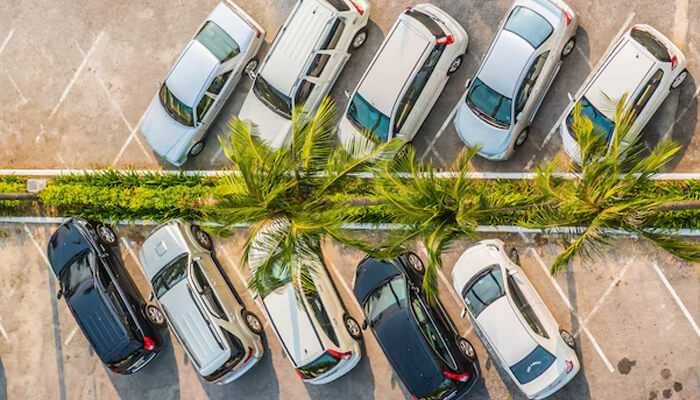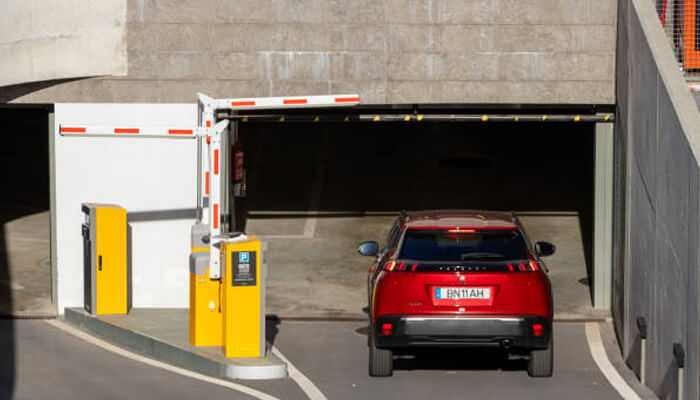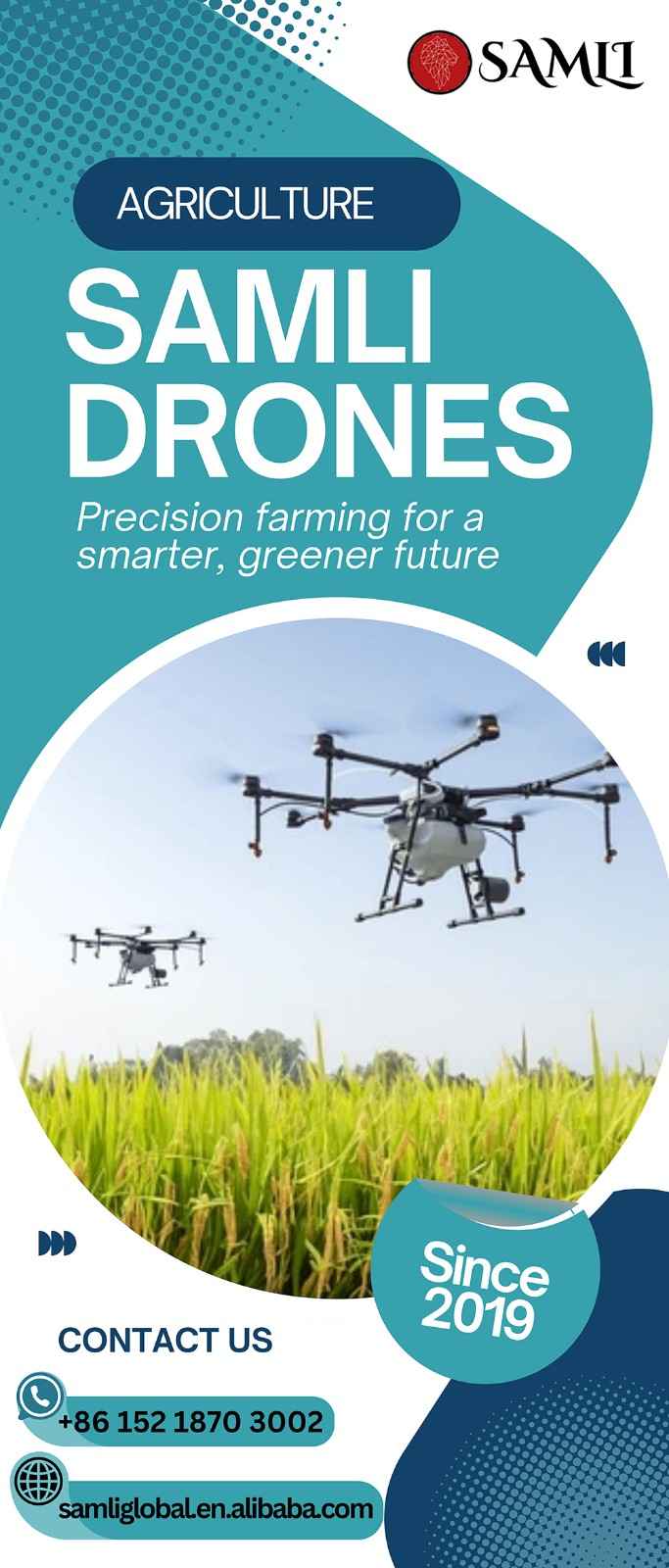City traffic is frustrating enough without the added challenge of finding a place to park. As urban areas grow denser, poor parking systems make congestion worse. Drivers circle endlessly, streets get clogged, and everyone loses time. To ease the pressure, working with a parking management company can make a noticeable difference. These companies introduce real-time tracking, streamlined payment methods, and smart tools that help reduce congestion. Instead of expanding physical space, the focus shifts to using what’s already available more efficiently—resulting in smoother traffic flow and less time wasted behind the wheel.
Eliminating Bottlenecks with Real-Time Parking Data
Traffic jams often happen when drivers circle the block looking for parking. Installing sensors that show which spots are free can fix this. With live updates, drivers can head straight to an open space instead of wasting time and adding to the traffic. Digital signs and mobile apps help guide them quickly, cutting down on aimless driving.
AI can take this a step further. AI looks at traffic patterns and parking demand to help adjust traffic flow on the spot. It can also manage parking reservations during busy times, which spreads out demand and cuts down on congestion. Apps that show real-time parking availability and let drivers reserve spots can make a big difference, especially in crowded areas.
Speeding Up Parking Lot Entry and Exit
Another issue is the time it takes to enter and exit parking lots. Long lines and slow processes can back up traffic onto busy streets. Adding systems like license plate recognition speeds things up because cars can enter and leave automatically, without waiting for a person to check tickets. Parking passes using RFID technology work the same way, cutting down on delays.
Making lanes inside parking garages more organized helps, too. If there are separate areas for short-term, long-term, and delivery vehicles, everything moves more smoothly. Self-service payment machines and mobile payment apps speed up the exit process. Entry ramps with speed controls help keep cars moving in a steady flow, rather than creating sudden stops that block roads outside.
Reducing On-Street Congestion by Using More Off-Street Parking
Cars parked along busy streets can slow traffic, especially during rush hour. One simple fix is teaming up with businesses that have empty parking lots at certain times of day. Letting the public park in these spots adds more parking without building anything new. It also brings more people close to those businesses, which could lead to more customers.
Another strategy is offering cheaper prices for people who park in off-street lots for longer periods. This keeps them from taking up street parking all day. Clear signs and apps can guide drivers to these off-street spots and show real-time availability. Creating dedicated areas for rideshare pick-ups and drop-offs also clears up space on the streets, keeping traffic moving.
Improving Traffic Flow Around Busy Areas with Smart Zoning
Crowded areas have unique traffic problems, and poor zoning makes them worse. One fix is setting aside loading zones just for delivery trucks. This keeps those vehicles from blocking regular parking spots or lanes during peak hours.
Flexible permit systems can help limit the number of cars in busy areas by adjusting to real-time demand. Geofencing technology, paired with user-friendly apps, can manage how many vehicles enter specific zones at a time. Reviewing past traffic and parking data helps cities set practical rules that work for each area. Adding short-term parking options with automatic time tracking can keep cars from overstaying and blocking traffic.
Preventing Illegal and Inefficient Parking That Slows Traffic
A big cause of slow traffic is illegal parking. Cars parked in the wrong places or double-parked make it harder for others to get by. Automated cameras can spot these violations quickly and fine the offenders. This helps stop bad parking habits before they create bigger problems.
Physical barriers like smart bollards or retractable posts can block off areas where parking isn’t allowed. Towing cars that break the rules is another tool, especially for repeat offenders. Cities can also rethink where delivery trucks load and unload, making more room for moving traffic. Targeted enforcement in problem areas helps make driving smoother and less frustrating for everyone.
City traffic can feel chaotic, but smarter parking systems offer practical relief. With real-time updates, apps that guide drivers to open spots, and automated entry and exit tools, cities can move more efficiently without major infrastructure changes. Off-street partnerships, clear signage, and strategic pricing free up curb space and reduce unnecessary circling. Well-marked zones for deliveries and rideshares help prevent pile-ups in busy areas. Cracking down on illegal parking keeps lanes clear and traffic flowing. When cities invest in better parking solutions, they create smoother streets, less stress for drivers, and a more functional urban experience for everyone on the road.



